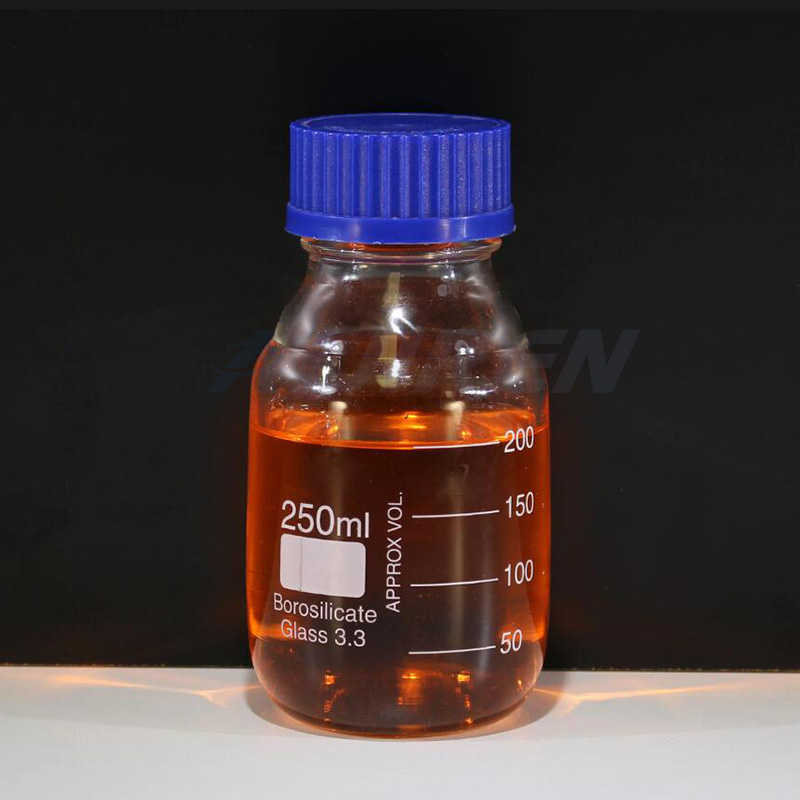
Reagent bottles, also known as media bottles or graduated bottles, are containers made of glass, plastic, borosilicate or related substances, and topped by special caps or stoppers. They are intended to contain chemicals in liquid or powder form for laboratories and stored in cabinets or on shelves.
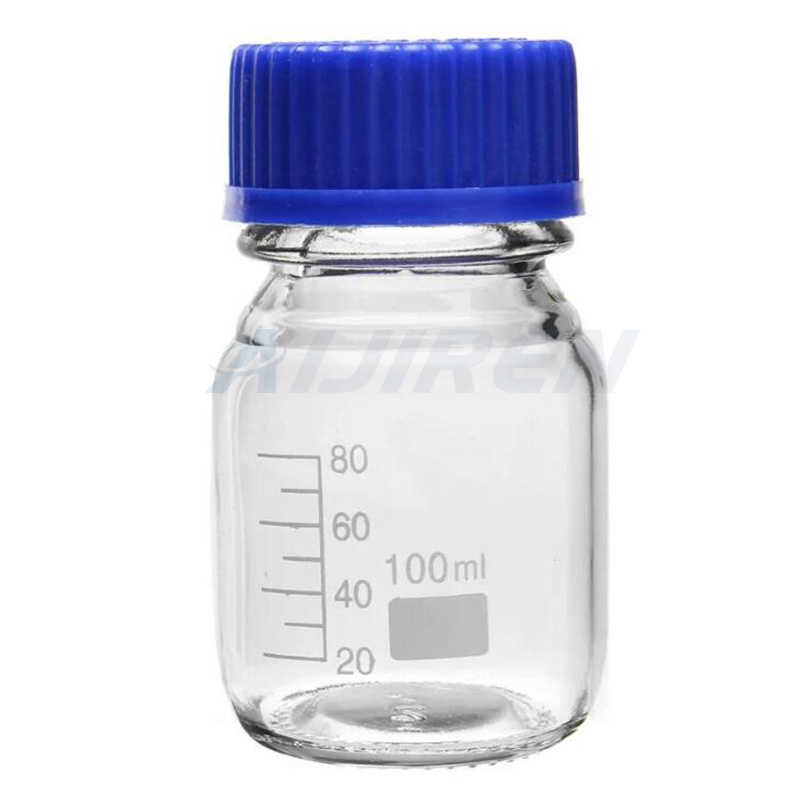
These high-density polyethylene bottles feature an easy-to-fill wide mouth and are leakproof† when used with Nalgene closures. Opaque amber reduces UV light transmissions to protect light-sensitive contents. Excellent chemical resistance to most acids, bases and alcohols make this a versatile bottle where exposure to light needs to be restricted.
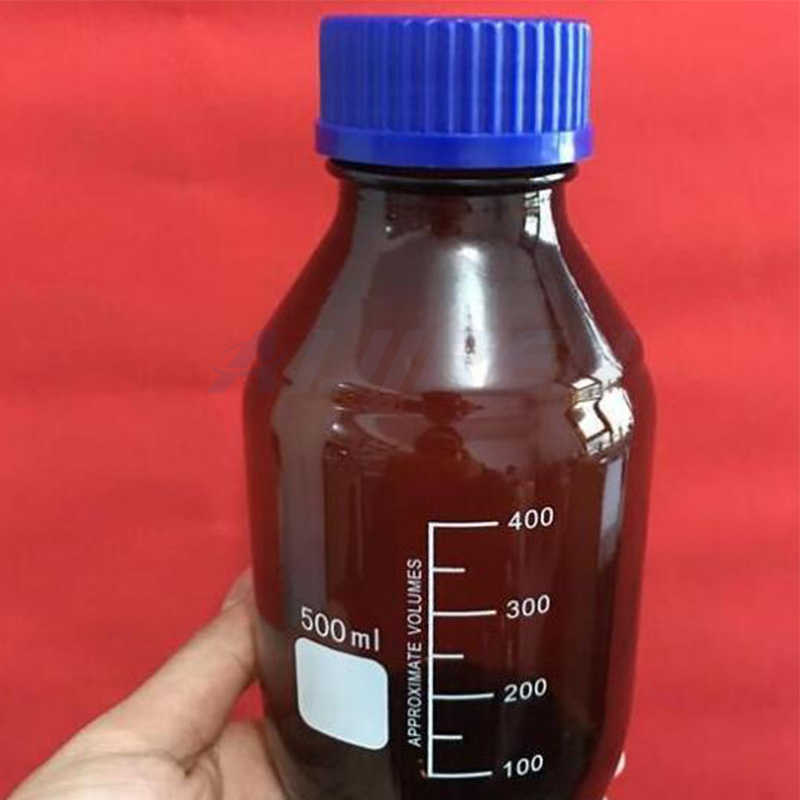
(store in an amber bottle). Procedure: 1. Prepare the dilute solutions shown above. 2. Pour 250 mls of dilute sodium hypochlorite solution into a 1-liter amber reagent bottle. 3. Add 250 mls of dilute hydrochloric acid solution to the reagent bottle, mix. 4. Add 250 mls of dilute sodium chlorite solution to the reagent bottle, mix. 5.
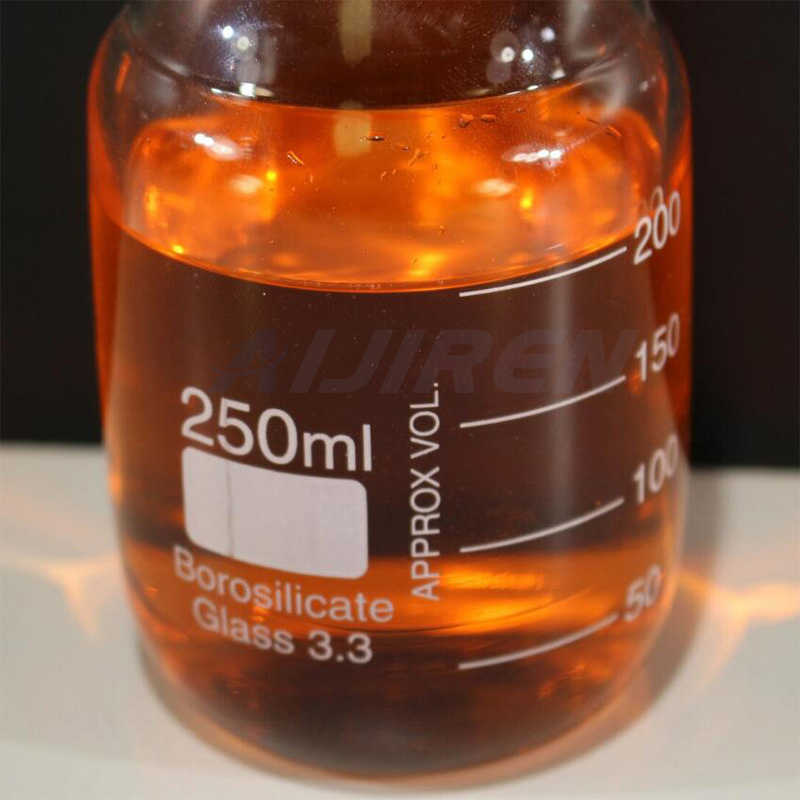
May 5, 2022 · The liquid can be drained into the new container with your finger fully released from the top. When the liquid stops draining, the tip should be touched to the side of the flask to withdraw any clinging drops, but the residual drop should not be forced out (similar to a T.D. pipette).
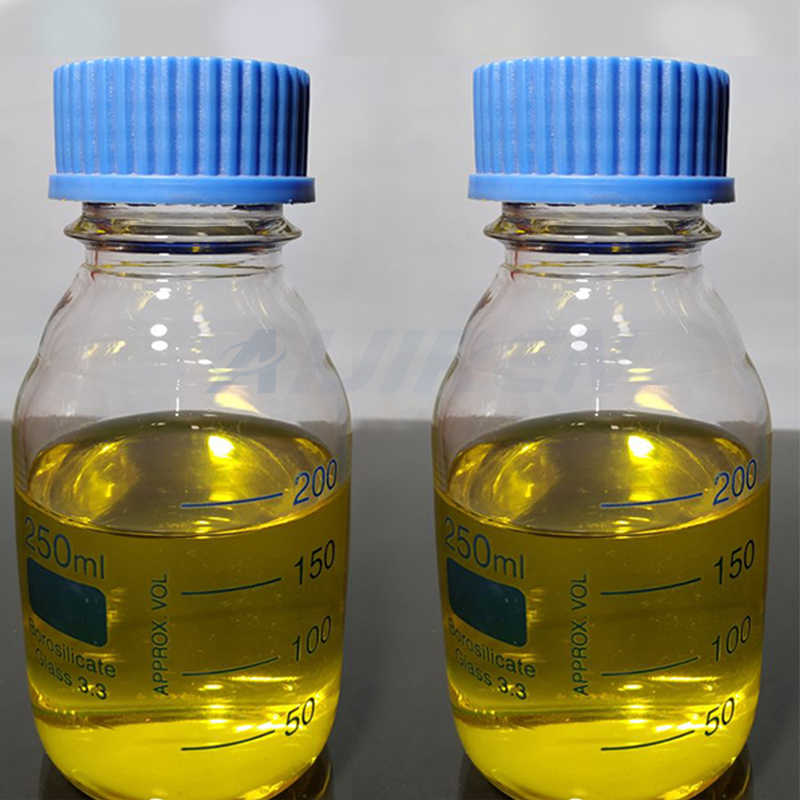
Feb 10, 2022 · It provides better protection because it is relatively impervious to air and moisture. It is chemically resistant to most pharmaceutical products. Tinted glass (amber glass and red glass) protects its contents from UV light and certain wavelengths. Glass containers can be easily sterilized by heat.
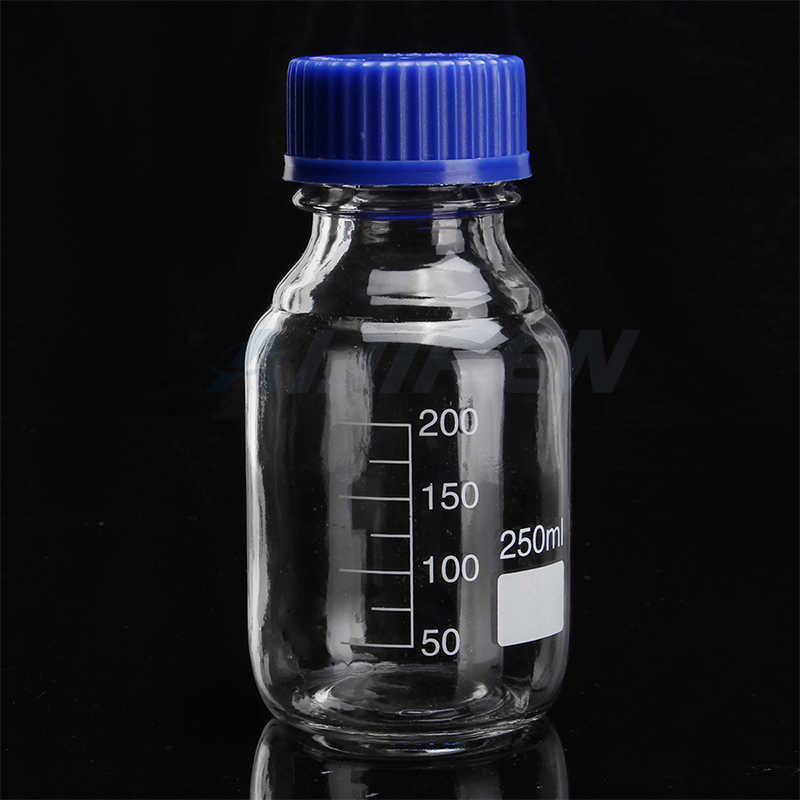
Bottles typically have an opening that is smaller in diameter than the rest of the container. Bottles are available in specific shapes, like Boston rounds, packers, square, media, and other specialty styles. Bottles may be made from glass (clear or amber), natural or colored plastics, plastic-coated glass, and sometimes metal.
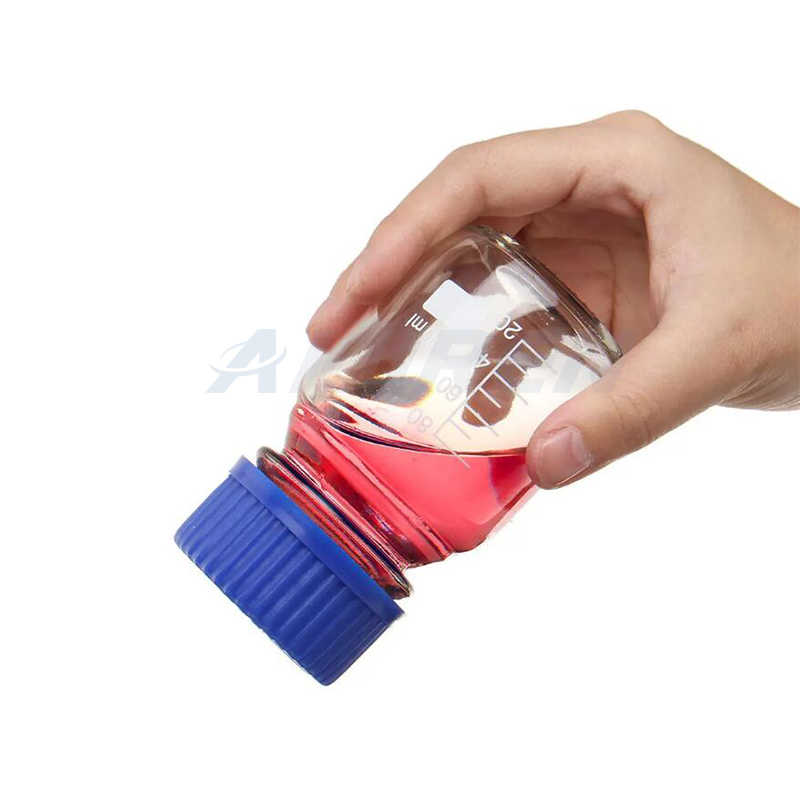
Constructed from plastic, glass, borosilicate glass or soda-lime glass, reagent bottles feature stoppers or caps, which protect the contents from spilling or outside environmental contamination. Reagent bottles are excellent for storing powders and liquids. Reagent bottles in tinted amber or red protect light-sensitive contents from UV light

Stay Safe Caps & Accessories for HPLC. Lab Stay Safe caps are HPLC safety caps that prevent leaching of harmful solvent vapors into the lab air. Our portfolio of Stay Safe caps includes both HPLC solvent bottle cap and waste canister cap. The HPLC mobile phase bottle caps have GL45 thread and are compatible with Aijiren solvent bottles.
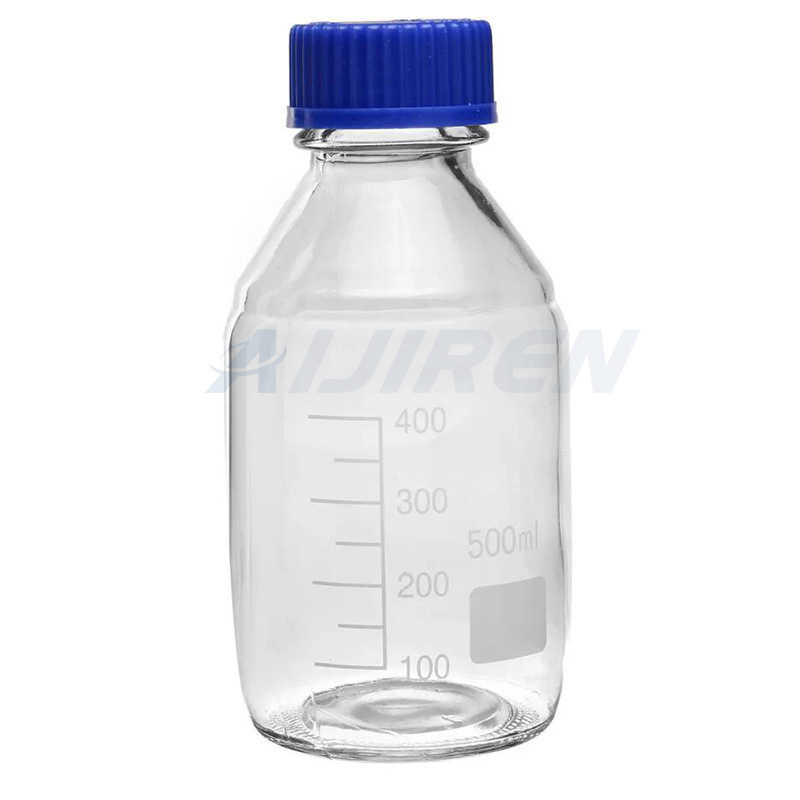
Nov 13, 2018 · 1. Safety reasons. Glass brown bottles are ideal for storing most acids and bases chemicals. It does not react chemically with most substances, especially the toxic chemicals like acids and bases. The glass brown bottles also will not contaminate chemicals. it has dark color so it prevents any changing form.

Easy-to-use designs make them fit in with any setup or procedure. Amber glass bottles provide excellent UV protection for the contents. Constructed of the best material grade, the glass bottles often feature a wide-mouthed design for the efficient addition and removal of materials.
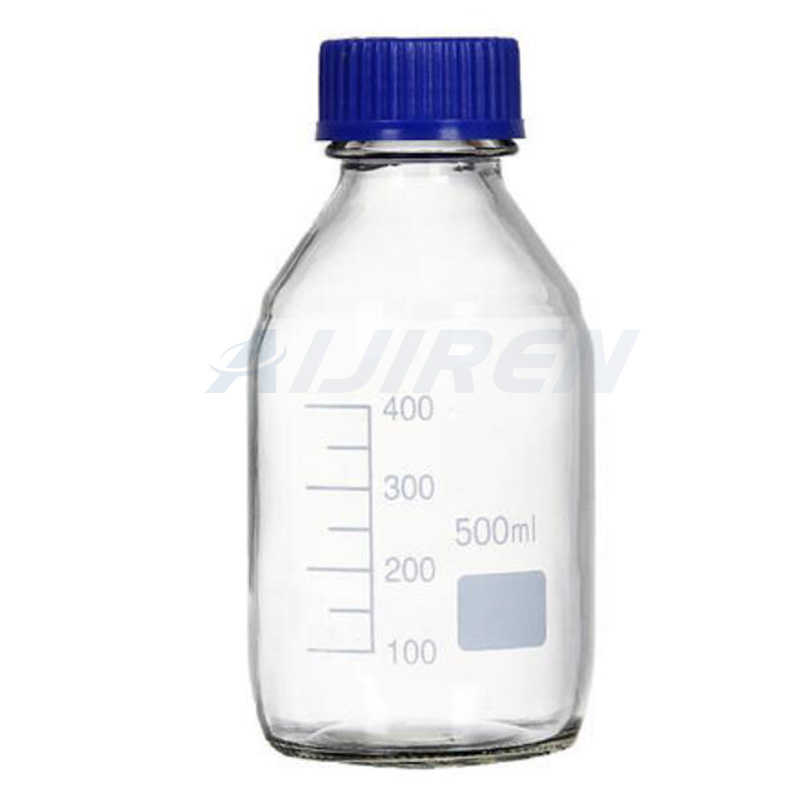
anything back into the reagent bottle. A certain amount of liquid can be obtained in several ways. 1) Pour from the reagent bottle into a beaker and draw up the liquid into a pipet from the beaker. 2) Pour from the beaker into a graduated cylinder to within 0.1 ml of the desired amount, adding the last drop with an eyedropper filled from a beaker.
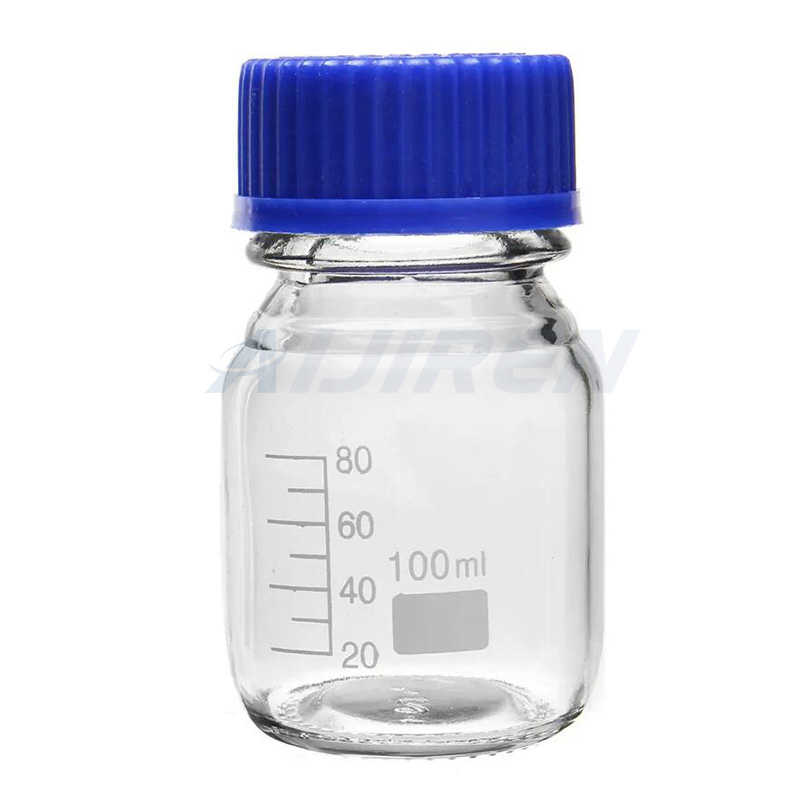
Jun 29, 2022 · Wide-mouth reagent bottles constructed of high-density polyethylene (HDPE) for exceptional pliability and strength. The amber color reduces UV light transmission to protect light-sensitive contents. Excellent chemical resistance to most acids, bases, and alcohols. Polypropylene caps are included. Bottles are available in multiple capacities.
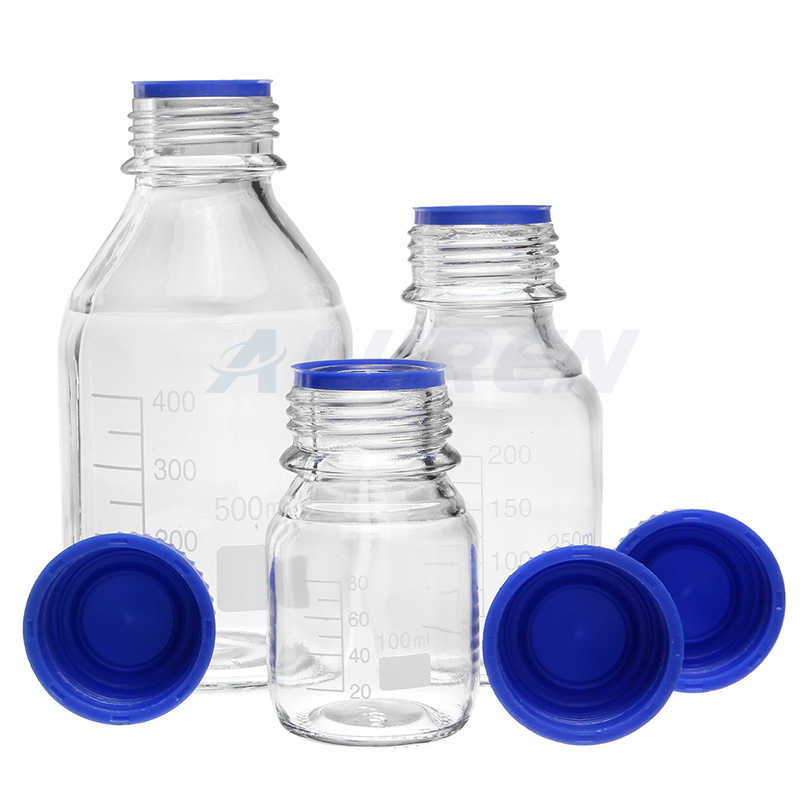
Laboratory Containers & Storage. An organized lab makes it easier to locate and refill supplies as needed, decreasing waste and reducing last-minute ordering while increasing efficiency and productivity. We offer essential, flexible lab storage solutions including bottles and carboys, plates, racks and boxes, reservoirs, sealing films, and
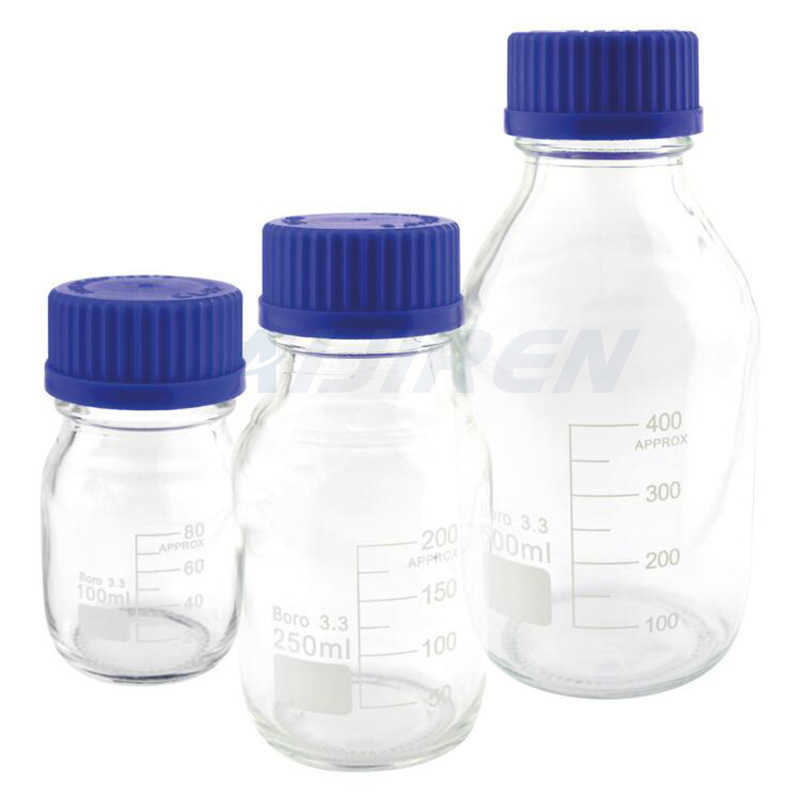
Mar 21, 2022 · Polyethylene terephthalate or PET bottles are the plastic bottles of choice for beverages and food packaging due to their durability, high shatter resistance, transparency and light weight. It provides an oil barrier which helps protect the plastic from any chemicals being stored inside.